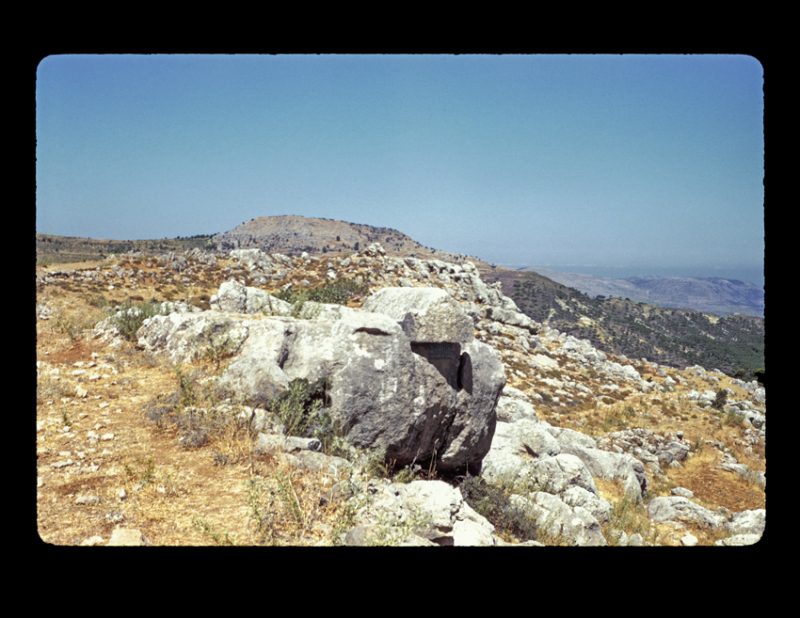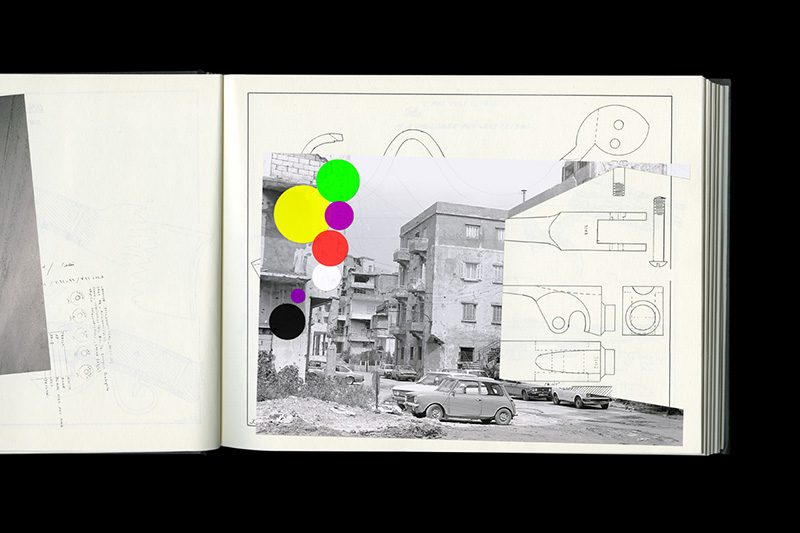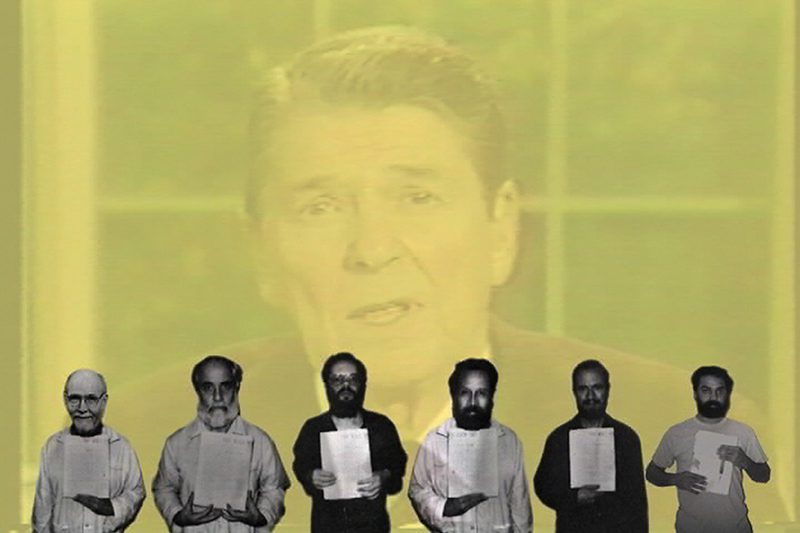ART CITIES: Boston -Walid Raad
 The Lebanese artist Walid Raad is an influential voice in art from the Middle East. Beginning with his project “The Atlas Group” (1989-2004), to his recent work on the history of art in the Arab world (2007-ongoing), Raad explores the ways we represent war and history, casting doubt on the veracity of photographic and video documentation.
The Lebanese artist Walid Raad is an influential voice in art from the Middle East. Beginning with his project “The Atlas Group” (1989-2004), to his recent work on the history of art in the Arab world (2007-ongoing), Raad explores the ways we represent war and history, casting doubt on the veracity of photographic and video documentation.
By Dimitris Lempesis
Photo: Institute of Contemporary Art/Boston Archive
The (ICA) presents a comprehensive survey of Walid Raad whose work investigates the ways in which we represent, remember, and make sense of history. The exhibition with 200 works across various mediums, including photography, video, sculpture, and performance, focuses on two of the artist’s long-term projects: “The Atlas Group” (1989–2004) and “Scratching on things I could disavow” (2007–ongoing). These two distinct projects are united by the question: How does war affect bodies, minds, and cultures? For “The Atlas Group”, a 15-year project exploring the contemporary history of Lebanon, Raad produced photographs, videotapes, notebooks, and lectures that related imaginary stories. The stories were inspired in part by real events and extensive research in Lebanon’s various archives and elsewhere. Each of the documents is attributed to a source who is fictional. None of the “documents” produced for the project is wholly imaginary, these photographs, texts, and videos are borrowed from original sources, such as newspapers, or from Raad’s own street photography. But when Raad rephotographs or scans them and mediates their presentation through story lines, literary titles, narrative wall texts, and engaging performances, they move into the imaginary realm. Raad calls these hybrids “Hysterical documents.” The project “Let’s be honest, the weather helped” (1998/2006) comprises images of notebook pages featuring black-and-white photographs that Raad himself took in Beirut during and after the civil war. These images of pockmarked buildings and bombed-out neighborhoods are overlaid with different-sized colored disks that map bullets and shrapnel, again collected by Raad after bombings and battles when he was a child in Beirut. The colors are linked to the national origins of the ammunitions and form a more expressive and poetic image, rather than one that is purely meant to document. “Scratching on things I could disavow”, which Raad began in 2007, is an interrelated series of photographs, videos, sculptures, installations, and performances. While each of the series within this larger body of work stands individually, taken together they constitute an examination of how art history is being forged within the new infrastructures for art in the Arab world. “Why are the Sheikhs and Sheikhas in the Arabian/Persian Gulf building massive new museums?” To answer this question, Raad visited and documented the emerging museums, galleries, art fairs, and public collections, and found himself asking another question “How has art in the Arab world been affected physically and otherwise by the wars of the past century?” Blank walls, polished floors, and empty doorways become active players in “Section 88: Views from outer to inner compartments” (2010 and 2015), the title of both a video and a sculptural installation. Raad devised a set of doorways that are fashioned from wood and mimic the architectural style of Western museums of the 19th century. The project encompasses an entire constellation of the ephemera that accompany the production and display of art in today’s accelerated art economy. “Plates 22–24: A History of Venice IV” (2009), is drawn from promotional materials for the Lebanese Pavilion at the Venice Biennale of 2007, the first time Lebanon was represented with its own national pavilion there. Performance is the central axis around which “Scratching on things I could disavow” revolves the Performance, “Walkthrough”. Scheduled regularly throughout the run of the ICA exhibition, the Performance takes the form of a gallery talk, accommodating 40 visitors. Raad’s presentation style ranges from sober investigator to psychotic telepath, as he recounts some of the economic and ideological motives behind the cultural boom in the Middle East, but also some of the fantastical situations he found himself in along the way.
Info: Curator: Eva Respini, Assistant Curator: Katerina Stathopoulou, Institute of Contemporary Art/Boston (ICA), 100 Northern Avenue, Boston, Duration: 24/2-30/5/16, Days & Hours: Tue-Wed & Sat-Sun 10:00-17:00, Thu-Fri 10:00-21:00, www.icaboston.org





